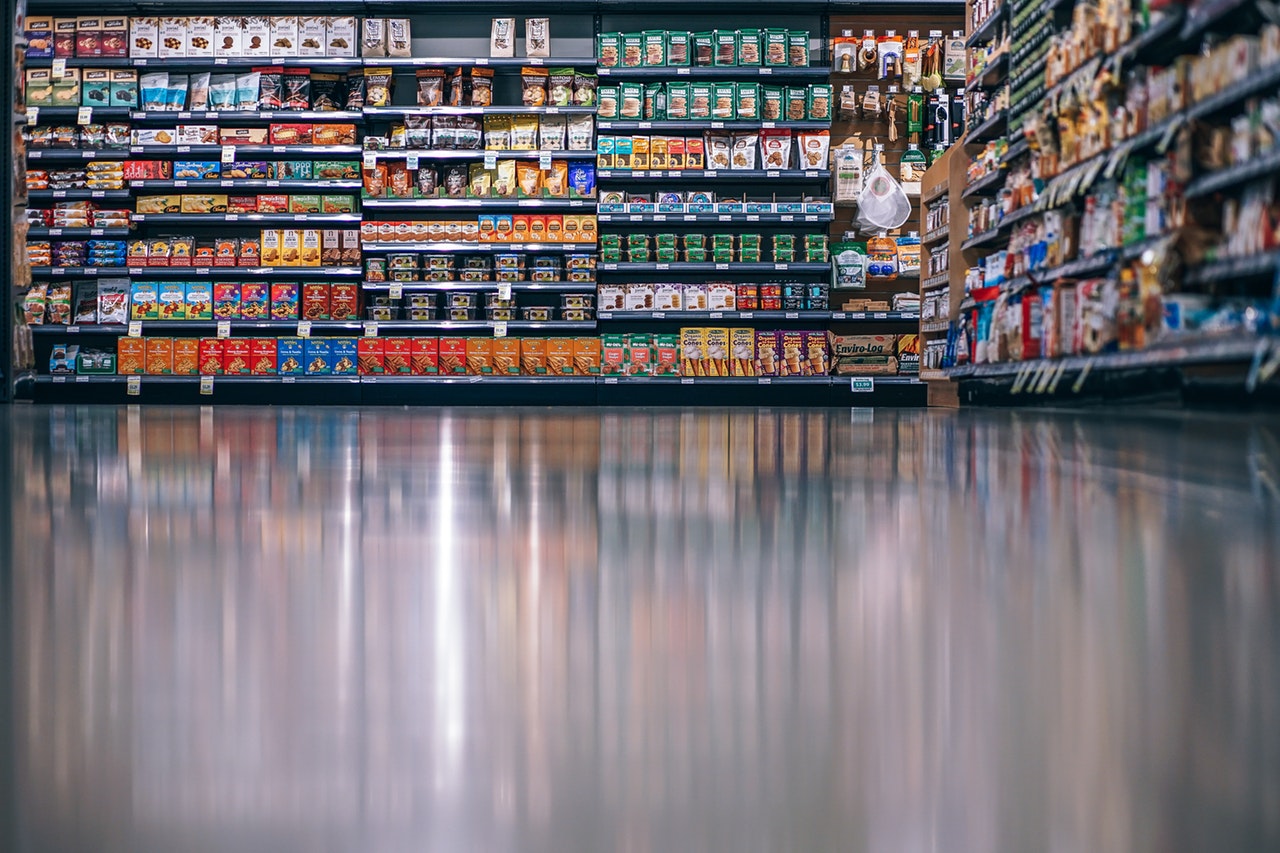
19 Sep Getting a Read on Your Food
I was at a friend’s house and she showed me a jar and asked if this food was healthy. I said let’s look at the label and look at the ingredients. She was surprised that I skipped over the Nutrition Facts part of the label.
In fact, the ingredients list was written in such tiny print we couldn’t find it. Yeah, maybe we need glasses, but that’s besides the point.
Food labels can be confusing. They can be difficult to use if you want a healthy diet.
For example, I wonder, if a food needs a label to tell you it’s healthy, maybe that means it’s not really healthy.
Let’s consider how you are supposed to read labels according to the FDA. First you look at serving size, then the number of calories, then check to make sure you’re not getting too much fat, cholesterol and sodium, then check to see if vitamins are included.

Wow. I couldn’t disagree more. First, reducing calories has not been definitively shown to be a means of lasting weight loss. Especially if you count calories by serving. Eat fewer calories at one meal, and you will likely eat more calories at another. Or worse, your metabolism could slow to burn less calories. So skip step one.
The next step is looking at fat. Fat has not been proven to make you sick, unless it’s from a vegetable oil like canola oil. No difference in the source of fat is mentioned. And people who go keto will tell you that eating healthy, natural fats can be very healing. So you probably don’t need to reduce fat so skip this step also.
Cholesterol and sodium are your next concerns. But the cholesterol in your arteries is not likely to be from the cholesterol in your food, so that’s not important to consider. As for sodium, there’s weak science supporting a low sodium diet, so I wouldn’t focus on that either.
The next step is weird because it’s not mentioned. That’s the sugar content. No advice is given for limiting sugar. They do say that 5% is low, but is low good or bad? Not mentioned. Nowhere are you told to limit sugar. Of course, also not mentioned is how devastating too much sugar can be on your health. So this should be a step, and it should say limit sugar as much as possible.
The last step is check for vitamins. That’s nice, except that if the same food was not processed and packaged, and picked straight from the earth and set on your table, there would be way more vitamins, minerals, and fiber. All processing, whether freezing, canning, pasteurizing, or packaging, can remove nutrients. It may also remove flavor, so hence the need for added sugar. And if fat is removed too, even more sugar is needed to make you enjoy the taste.
Now you’re wondering if there’s any use for the labels at all. Yes, look at the ingredients list. That’s what I do and what I tried to do with my friend. It’s written in order of amount, as the product has the most of the first ingredient, and very little of the last ingredient on the list.
Here’s where it gets tricky. The unpronounceable words at the bottom of the list are food additives and chemicals, and though in small amounts, may be associated with health problems. Vani Hari, the Food Babe, has made a career out of exposing the dangers of these chemicals.
These little additives drive me crazy. For example, I like to buy coconut milk, but it’s almost impossible to find a carton without carrageenan or some kind of gum. I don’t need to eat that stuff. I’ve considered making my own (basically boiling shredded coconut in water then straining) but it’s time consuming and kind of pricey that way. But those of you who are very concerned with health should consider making your own.
Right now you might be cursing those large corporations who put all those questionable additives in our food. They do it because it makes food more convenient and WE PAY FOR IT. What I do is not buy this stuff (well, most of the time I don’t). That’s cutting into their bottom line, if others are doing the same. Companies will produce what sells. So quit buying processed junk and buy quality food.
Easier said than done. So let me help you. I have many recipes and hacks for making eating real, healthy food easy and convenient. I’ll help you find food you like and that fits in your lifestyle. Contact me. I’m a National Board Certified Functional Medicine Health Coach.
Do you find the labels helpful? Share your experience in the Comments.
.
The FDA Labeling Nutrition
Chris Kresser Functional Perspective on Cholesterol
NY Times Low Salt Diet May Be Bad for the Heart
Food Babe Ingredients to Avoid
Dr. Hyman Confused on What to Eat
This article is for information purposes only. See Disclaimer below.



No Comments